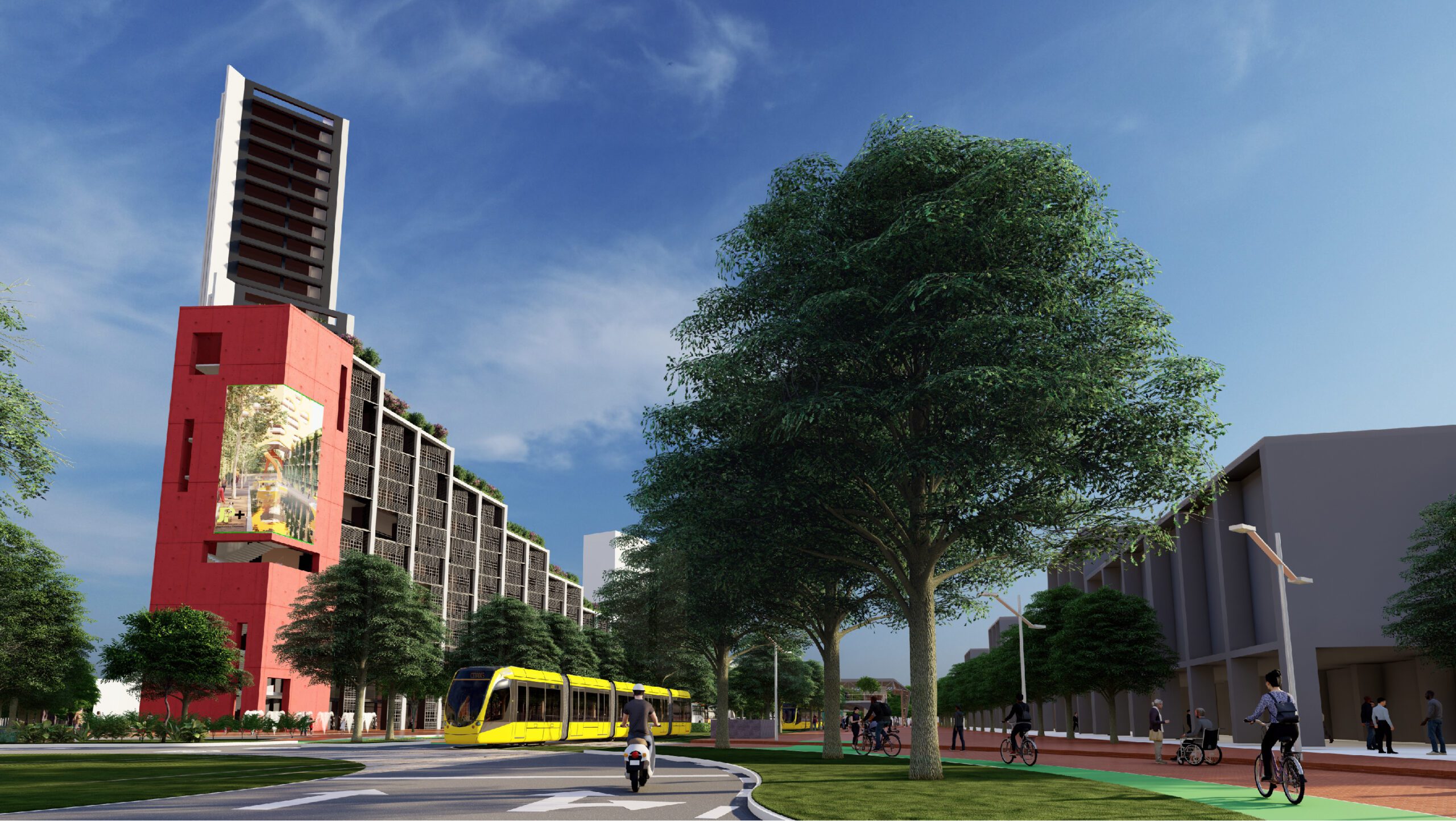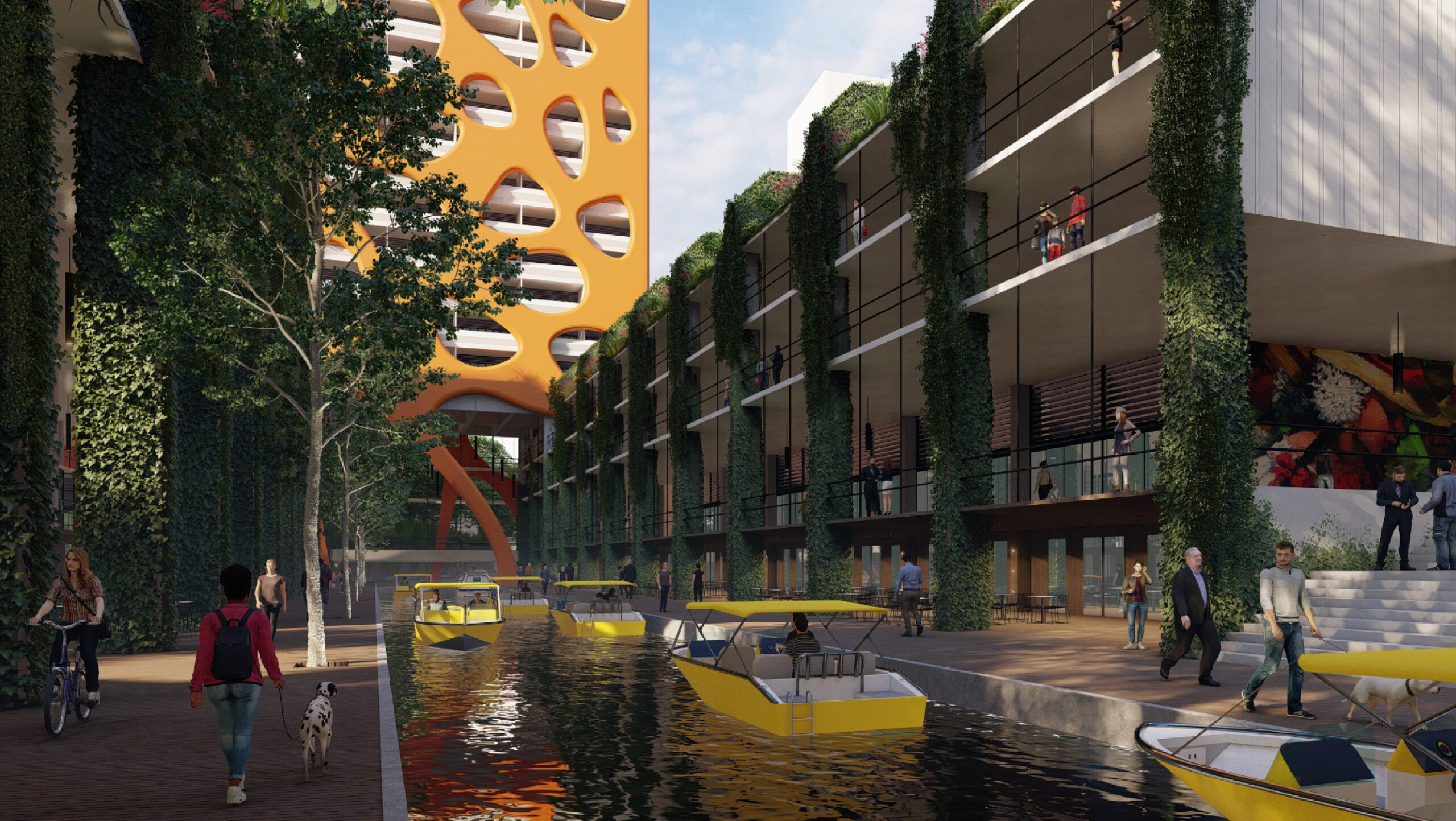Project implementation: Panama
Project development: Panama
Latin American cities continue to grow in population and infrastructure, making sustainable urban planning urgent. Understanding the effects of heat islands and urban microclimates is crucial to formulating policies that promote efficient energy use. In Panama, transportation is the largest energy consumer, and buildings also experience high energy consumption due to the heavy use of air conditioning. Mitigating heat islands through urban planning reduces this demand, improves public health, and stimulates the economy. Furthermore, creating thermal and environmental comfort favors pedestrian traffic, encourages the use of alternative and public transportation, and reduces dependence on automobiles, reducing CO₂ emissions.
The Green Path Panama is an evidence-based urban proposal that seeks to transform mobility and adapt the physical environment to promote walking. The project connects five neighborhoods in Panama City through green corridors, river restoration, and the promotion of active mobility. The urban assessment identified problems such as large blocks and few connected intersections. The proposal aims to restore these areas with public spaces integrated into a multimodal transportation system, building a more connected, healthy, and green city.
The initiative avoids approximately 564 tCO₂/year by planting 5,000 trees, engages 500 residents in active mobility, generates 65,000 additional hours of physical activity per year and removes approximately 150 cars from the streets, promoting a more sustainable, inclusive and resilient city.




